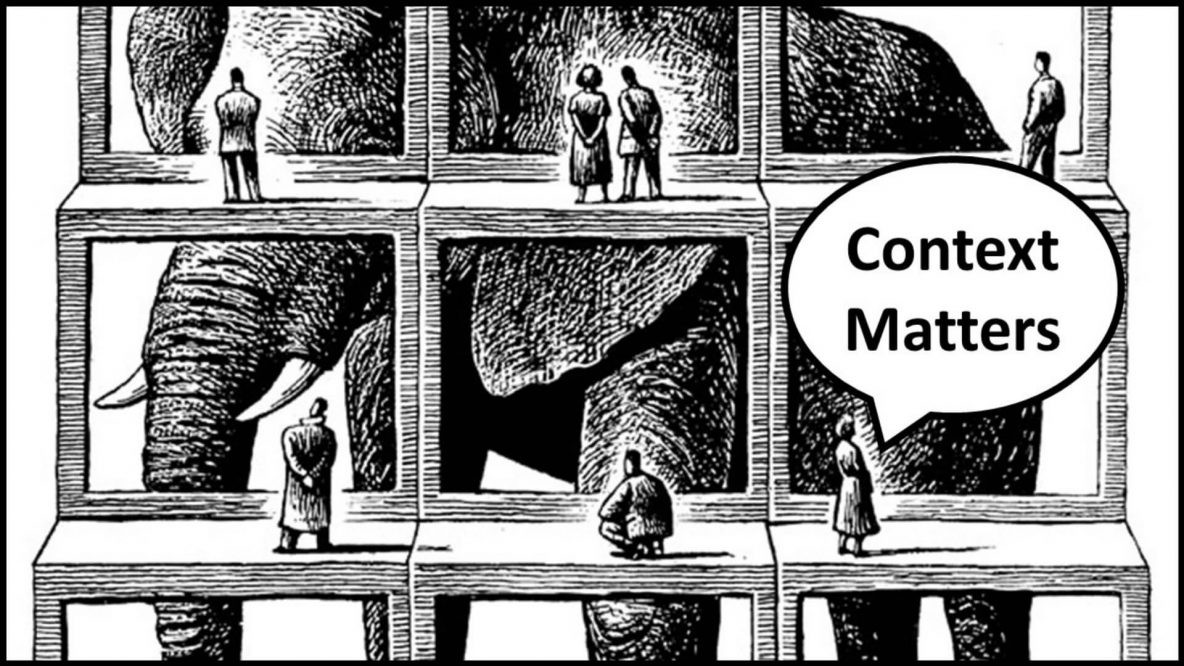By Dr. Donald L. Green, 17 January 2023

I have been hunting for information on how we brake our motorcycles, primarily associated with entering a corner or curve, and how the motorcycle and motorcyclist approach the motor skill task. In doing so, context keeps popping into my mind, so this week I will contemplate and ask questions from those who may read the post.
1) ONE thought about applying motorcycle brakes is the context, not only about the location of where to apply the brakes but the experience level of the motorcyclist using the brakes. With the frame of Motor Skills Development, a novice rider will approach the braking process significantly differently from a more experienced rider or a rider who practices on a closed course or road racing course. The context identifies (hopefully) whether the student or rider is in (a) early or cognitive, (b) intermediate or associative, and (c) final
or autonomous phase of motor skills development. If a new technique is being introduced, even with an experienced student, the entire process may start over again. If a student has little experience or frame of reference, a sequence is necessary to ensure everything is remembered and noticed. The question becomes: if we are teaching a Basic RiderCourse, is the sequence being followed with enough emphasis on the key objectives, evaluation points, and narrative to focus and help a student in the process?

2) As the RiderCoach or Instructor, the Second question that comes to mind is: are we knowledgeable enough about the process of braking to eloquently and accurately provide the student with what they need? This starts with how we understand braking. How and with what skill do we ride and use brakes ourselves? Do our teaching efforts follow the curriculum, use the steps outlined in the task analysis, and provide enough reserve space and traction for a novice rider to be safe upon graduation from one of our courses? Can we differentiate each step involved with braking while we Observe, Analyze, Coach, and Reinforce on the range and in the classroom? When we Coach, are we using our reference points or the context of the student’s beginner’s mind?

3) The Third rumination is associated with the context of our study and understanding of braking for ourselves. Continually accessing new media and stretching what we know, are we looking at the right material to affect our thought processes for application in teaching? The materials I am finding most available relate not to novice students but highly experienced riders who have years of exposure on the edge of risk riding with excessive brakes. Looking at what we do with novice riders, we must keep their risk level low with a large margin of safety to comfortably learn and have the time to practice braking in a manageable environment before they go to an open road. Suppose our reference points do not emphasize the basic steps used in Motor Skill Development. In that case, we may be arming our students with dangerous behaviors – missing key safety fundamentals that could save their lives instead of putting them in danger.
I hope the ruminations inspire you to “put it out there” and seek more understanding. If it interests you, try Tribe Talk Happy Hour on Wednesdays, you never know where we will go with the discussions.
Have a great week!
– Don









